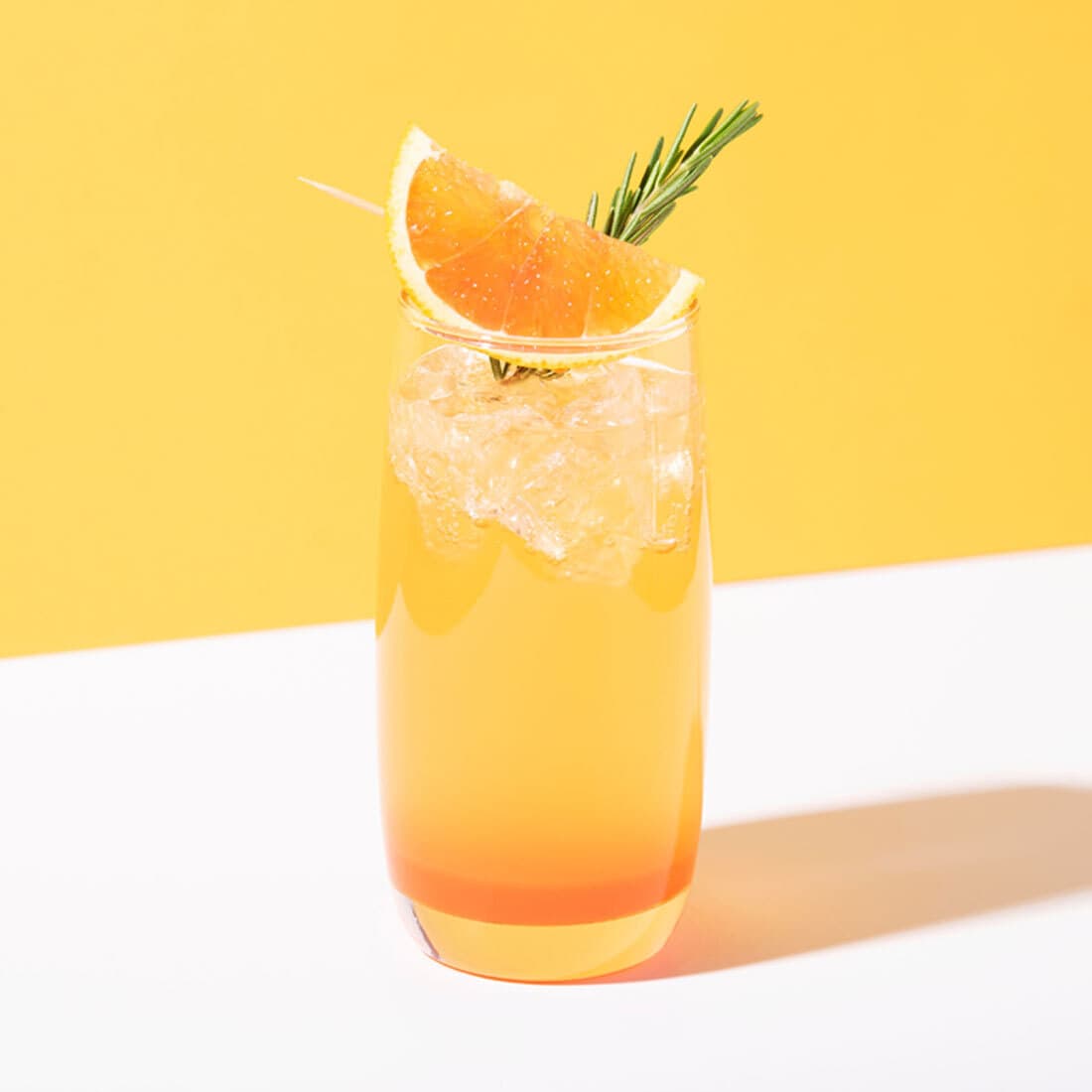
We’ve got to ask
Please confirm you’re above to legal drinking age in your country.
Cognac
All Cognacs are brandy but not all brandy is Cognac
The Cognac region of France has a Appellation d'origine contrôlée, which was the original French control and is the same as EU rulings Protected Geographical Indication. For a product to be classed as Cognac its must meet strict criteria, in particular, it must be made from specified grapes grown within the region, the brandy must be twice distilled in copper pot stills, and aged within Cognac for at least two years in French oak barrels from Limousin or Tronçais.
The region of Cognac lies in the South-West of France and its location provides the distinct qualities required for Cognac. Bordering the Atlantic Ocean the region has a cooler, moister climate than other grape growing areas, this along with its chalky soil provide a selection of grapes that are too acidic for wine growing but perfect for distilling into spirit and ageing.
Grapes: The predominant grape used in Cognac is Ugni Blanc. The Cognac region is further broken down into six grape growing sub-regions, however most Cognac House’s only use four of these. The main four sub-regions are Borderies, Fins Bois, Grande Champagne, Petite Champagne, the remaining two are Bon Bois and Bois Ordinaire.
Fermentation & Distillation: After the grapes are pressed they are stored for 2-3 weeks with a resulting wine of approx 6 - 8% ABV. This wine is then twice distilled in copper stills, each distillation removing any impurities leaving a colourless spirit of 70% ABV which is then technically described as Eaux de Vie.
Ageing: Once distillation is complete, it must be aged in oak casks for at least two years before it can be sold to the public. At the point it has aged for a minimum of 2 years it can be legally called Cognac. Most cognac producers age their products for longer than the minimum stated periods.
Blending: Cognac barrels will be blended with different aged barrels to create a consistency and taste associated to each Cognac House. As the base product is grape, and just like wine, the taste profile of a particular vintage can change dependent on that year’s harvest. Once blended it is the youngest aged grape that could be declared for age. No flavourings or colourings other than caramel can be added to the blending process.
Styles: Cognacs have three official grades;
VS
VSOP
XO
All brands also offer a prestige selection of Cognac which demonstrates the skills of their master blenders along with the quality of the oldest and finest reserves.
Cognac is dominated by 4 international brands; Courvoisier, Remy Martin, Hennessy and Martell. Outside of this there are many smaller established brands like Hine and Delamain with more recently more wine growers like Maxime Trijol and Leyrat who are ageing and blending their own product.
Personalised, engraved, Cognac bottle gifts
We're the masters of bottle engraving. We can add your personal message to a wide range of Cognac bottles with image engraving available on selected bottles. Perfect for weddings, birthdays, anniversaries and special occasions.

Cognac
We treat all personalised bottles individually, taking our time and experience to set out your message to create the most impactful bottle decoration possible. This may include increase the size of some fonts within the message to pay particular focus on key lines or phrases, spacing message over extra lines and removing unnecessary punctuation.
Yes, all the lines of messages will be centred.
If you can type it, we can engrave it! When using alternative languages it may be neccessary for us to alter the font to ensure all characters are supported, in these cases we use the closest style font to your original selection.
Unfortunatley we are unable to engrave emoji's or picture characters. Where these are added the character will be removed from your message.
We specially select the fonts we use. Once a bottle has been engraved the cut glass is then infilled with a special decorative silver paste. These fonts ensure we provide the optimum width and depth during the engraving process to creat maximum visibility once infilled.
The fonts we currently use are: Lucida Calligraphy, Lucida Handwriting, Verdana and Segoe Print.














